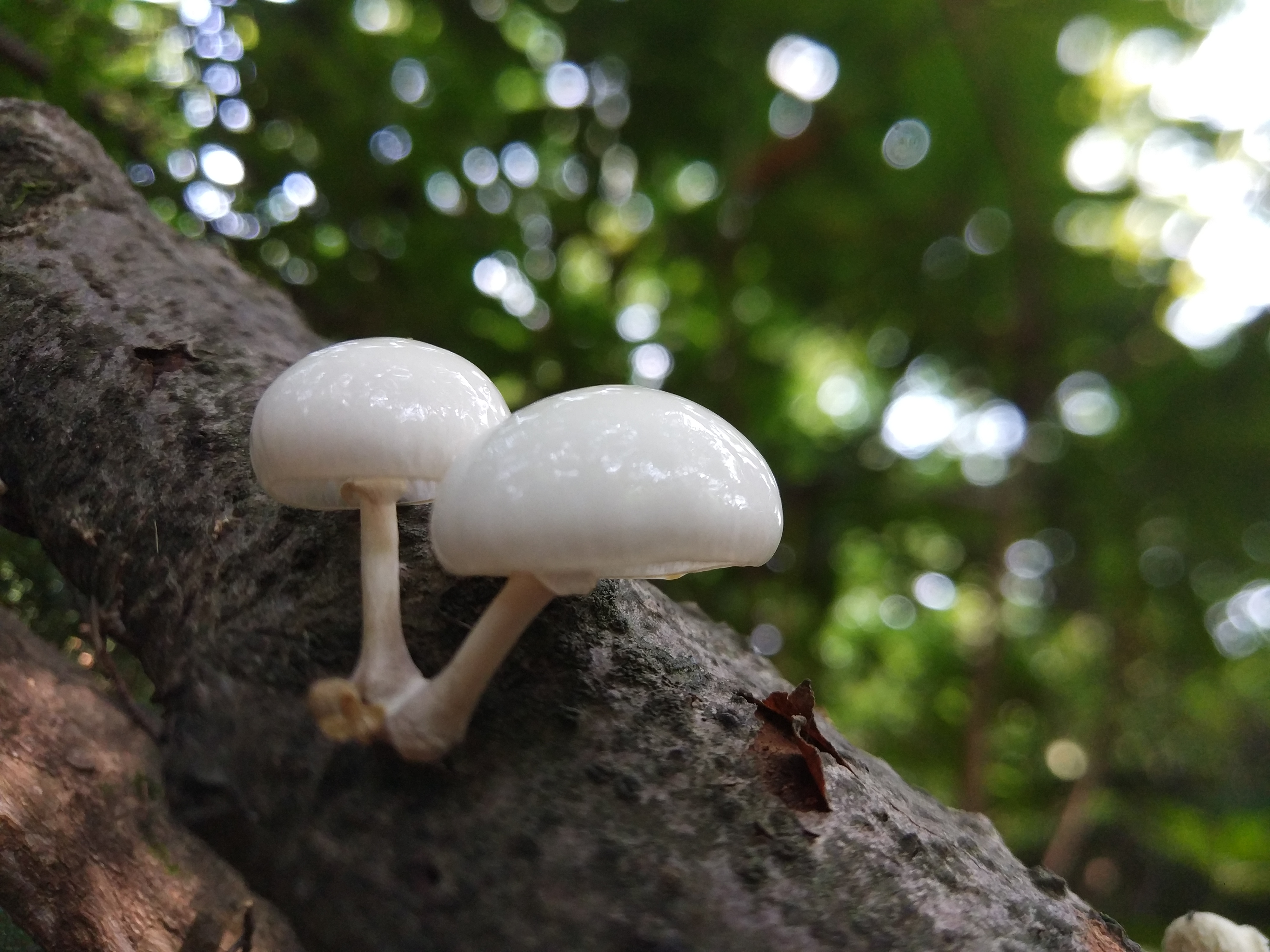Fungi and Space
Permalink to “Fungi and Space”Hunters of this mushroom say it is like looking for black holes in the ground.
You carry around more microbes than your "own" cells. There are more bacteria in your gut than stars in our galaxy
Bibliography
Permalink to “Bibliography”Merlin Sheldrake
Permalink to “Merlin Sheldrake”FUNGI ARE EVERYWHERE but they are easy to miss. They are inside you and around you. They sustain you and all that you depend on. As you read these words, fungi are changing the way that life happens, as they have done for more than a billion years. They are eating rock, making soil, digesting pollutants, nourishing and killing plants, surviving in space, inducing visions, producing food, making medicines, manipulating animal behavior, and influencing the composition of the Earth’s atmosphere. Fungi provide a key to understanding the planet on which we live, and the ways that we think, feel, and behave.
Someone got up to talk about a group of plants that produced a certain group of chemicals in their leaves. Until then, the chemicals had been thought of as a defining characteristic of that group of plants. However, it transpired that the chemicals were actually made by fungi that lived in the leaves of the plant. Our idea of the plant had to be redrawn. Another researcher interjected, suggesting that it may not be the fungi living inside the leaf that produced these chemicals but the bacteria living inside the fungus. Things continued along these lines. After two days, the notion of the individual had deepened and expanded beyond recognition. To talk about individuals made no sense anymore.
There are two key moves by which fungal hyphae become a mycelial network. First, they branch. Second, they fuse. (The process by which hyphae merge with each other is known as “anastomosis,” which in Greek means “to provide with a mouth.”) If hyphae couldn’t branch, one hypha could never become many. If hyphae couldn’t fuse with one another, they would not be able to grow into complex networks. However, before they fuse, hyphae must find other hyphae, which they do by attracting one another, a phenomenon known as “homing.” Fusion between hyphae is the linking stitch that makes mycelium mycelium, the most basic networking act. In this sense, the mycelium of any fungus arises from its ability to attract itself to itself.
Some fungi have tens of thousands of mating types, approximately equivalent to our sexes (the record holder is the split gill fungus, Schizophyllum commune, which has more than twenty-three thousand mating types, each of which is sexually compatible with nearly every one of the others).
Anna Tsing
Permalink to “Anna Tsing”To walk attentively through a forest, even a damaged one, is to be caught by the abundance of life: ancient and new; underfoot and reaching into the light. But how does one tell the life of the forest? We might begin by looking for drama and adventure beyond the activities of humans. Yet we are not used to reading stories without human heroes. This is the puzzle that informs this section of the book. Can I show landscape as the protagonist of an adventure in which humans are only one kind of participant? Over the past few decades many kinds of scholars have shown that allowing only human protagonists into our stories is not just ordinary human bias. It is a cultural agenda tied to dreams of progress through modernization. There are other ways of making worlds. Anthropologists have become interested, for example, in how substance hunters recognize other living beings as persons, that is protagonists of stories. Indeed, how could it be otherwise? Yet expectations of progress block this insight. Talking animals are for children and primitives. Their voices silent, we imagine wellbeing without them. We trample over them for our advancement. We forget that collaborative survival requires cross-species coordinations. To enlarge what is possible we need other kinds of stories, including adventures of landscapes.
As contamination changes world-making projects, mutual worlds—and new directions—may emerge.
Warning! This page is a notepad. ¯\_(ツ)_/¯
This means that I use it to gather ideas, references, thoughts, and other material. This is not a finished text but a playground for me to work on.

